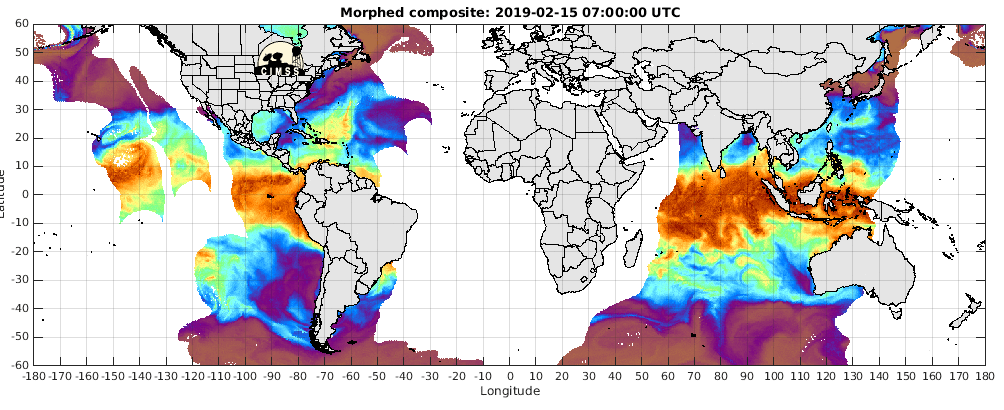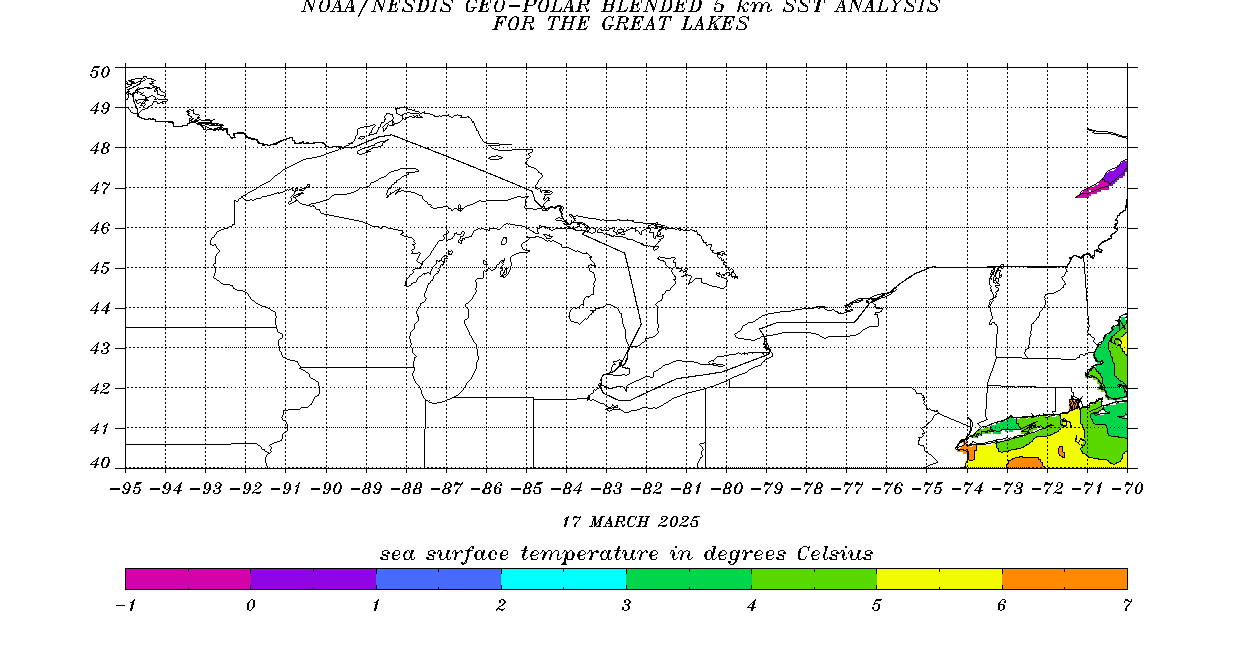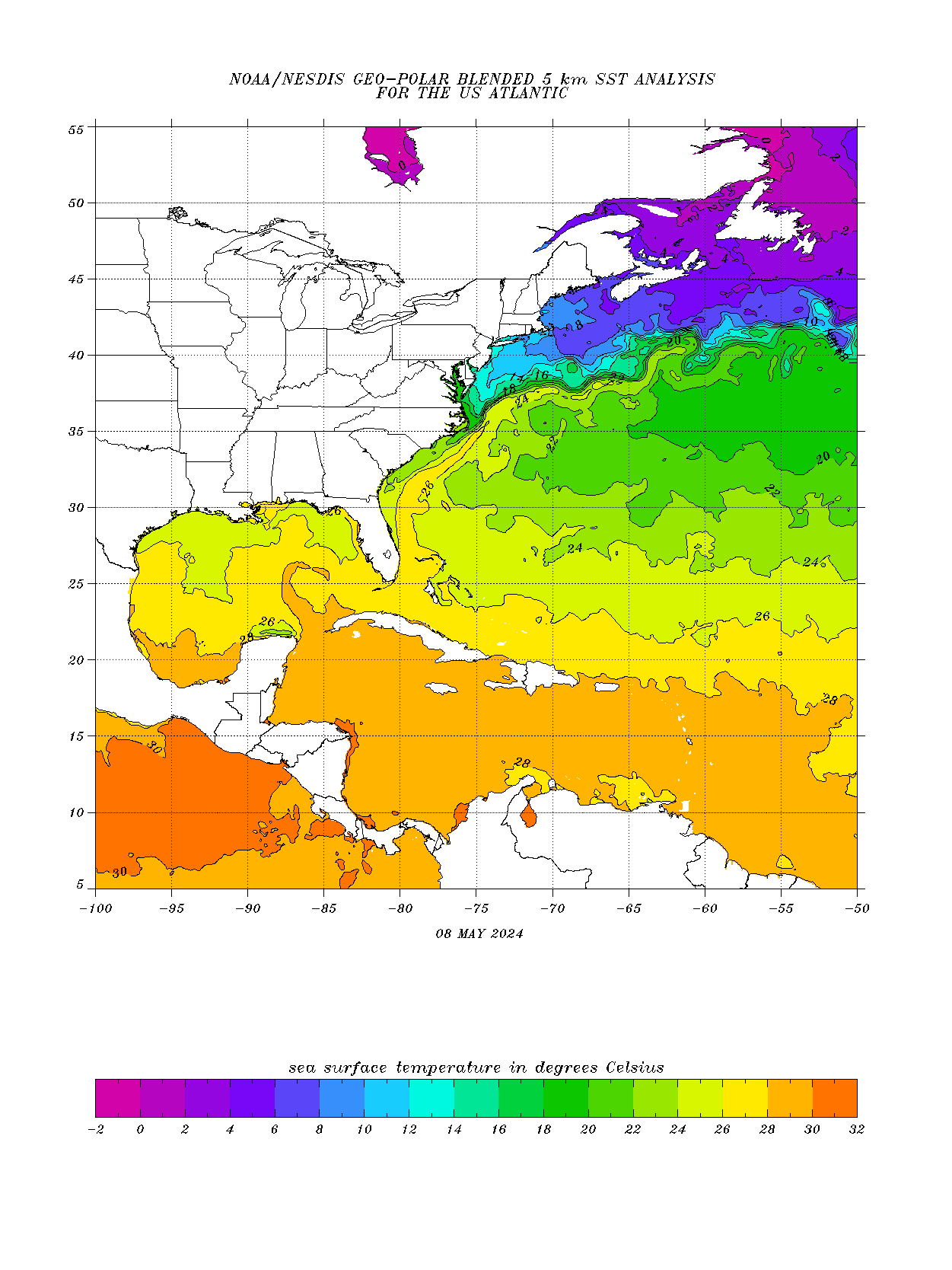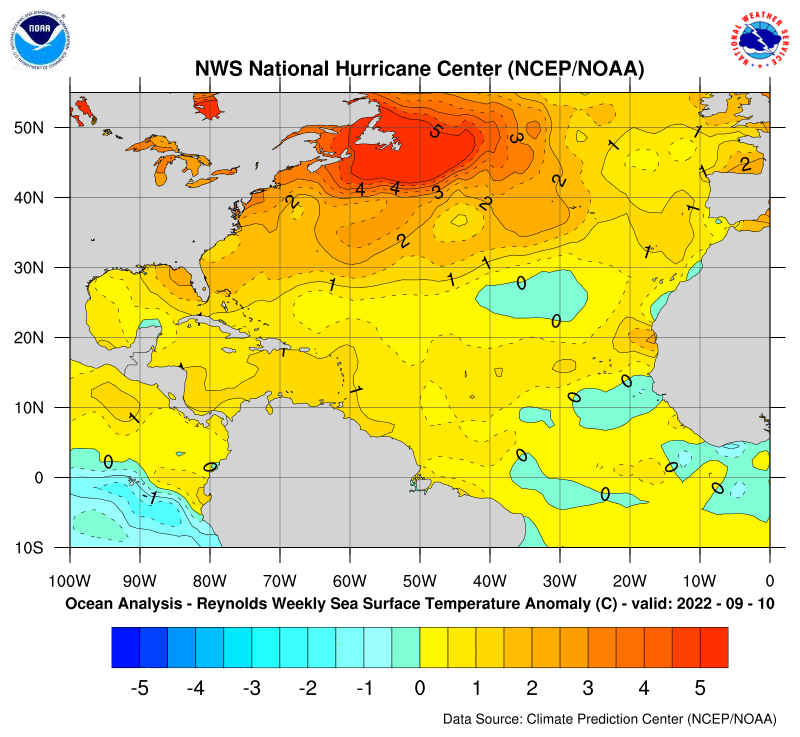SUPPORT TRACK THE TROPICS
Over the last decade plus if you appreciate the information and tracking I provide during the season along with this website which donations help keep it running please consider a one time... recurring or yearly donation if you are able to help me out...
Venmo: @TrackTheTropicsLouisiana
Website: TrackTheTropics.com/DONATE
Venmo: @TrackTheTropicsLouisiana
Website: TrackTheTropics.com/DONATE
Track The Tropics is the #1 source to track the tropics 24/7! Since 2013 the main goal of the site is to bring all of the important links and graphics to ONE PLACE so you can keep up to date on any threats to land during the Atlantic Hurricane Season! Hurricane Season 2025 in the Atlantic starts on June 1st and ends on November 30th. Do you love Spaghetti Models? Well you've come to the right place!! Remember when you're preparing for a storm: Run from the water; hide from the wind!
Tropical Atlantic Weather Resources
- NOAA National Hurricane Center
- International Meteorology Database
- FSU Tropical Cyclone Track Probabilities
- Brian McNoldy Atlantic Headquarters
- Brian McNoldy Tropical Satellite Sectors
- Brian McNoldy Infrared Hovmoller
- Brian McNoldy Past TC Radar Loops
- Weather Nerds TC Guidance
- Twister Data Model Guidance
- NOAA Tropical Cyclone Tracks
- Albany GFS/ EURO Models/ Ensembles
- Albany Tropical Cyclone Guidance
- Albany Tropical Atlantic Model Maps
- Pivotal Weather Model Guidance
- Weather Online Model Guidance
- UKMet Model Guidance/ Analysis/ Sat
- ECMWF (EURO) Model Guidance
- FSU Tropical Model Outputs
- FSU Tropical Cyclone Genesis
- Penn State Tropical E-Wall
- NOAA HFIP Ruc Models
- Navy NRL TC Page
- College of DuPage Model Guidance
- WXCharts Model Guidance
- NOAA NHC Analysis Tools
- NOAA NHC ATCF Directory
- NOAA NCEP/EMC Cyclogenesis Tracking
- NOAA NCEP/EMC HWRF Model
- NOAA HFIP Model Products
- University of Miami Ocean Heat
- COLA Max Potential Hurricane Intensity
- Colorado State RAMMB TC Tracking
- Colorado State RAMMB Floaters
- Colorado State RAMMB GOES-16 Viewer
- NOAA NESDIS GOES Satellite
- ASCAT Ocean Surface Winds METOP-A
- ASCAT Ocean Surface Winds METOP-B
- Michael Ventrice Waves / MJO Maps
- TropicalAtlantic.com Analysis / Recon
- NCAR/RAL Tropical Cyclone Guidance
- CyclonicWX Tropical Resources
Historic Louisiana Storms By Month
January
June
July
August
September
October
Sea Surface Temperatures (SSTs)
Sea surface temperature (SST) is an important factor in hurricane dynamics. SST is measured over large portions of the ocean by satellites. Sea surface temperatures are generally warmer at low latitudes and colder at high latitudes but SST will vary with the seasons and with surface ocean currents. For forecasting hurricanes, more detailed maps of SST are produced for areas of hurricane formation. SST must be 82 degrees Fahrenheit (F) or warmer for tropical cyclone formation and sustenance.


 For hurricane forecasting, it can also be very useful to look at the SST anomalies. A SST anomaly is the difference in the current SST measurement from the long-term average temperature for a given month, in a given place (the climatology). Positive temperature anomalies indicate that the water is warmer than usual and negative anomalies indicate that the water is cooler than usual.
For hurricane forecasting, it can also be very useful to look at the SST anomalies. A SST anomaly is the difference in the current SST measurement from the long-term average temperature for a given month, in a given place (the climatology). Positive temperature anomalies indicate that the water is warmer than usual and negative anomalies indicate that the water is cooler than usual.


Global Surface Sea Temperature Animation - Last 72 Hours

Gulf of Mexico Sea Temperatures

Atlantic Sea Surface Temps
 For hurricane forecasting, it can also be very useful to look at the SST anomalies. A SST anomaly is the difference in the current SST measurement from the long-term average temperature for a given month, in a given place (the climatology). Positive temperature anomalies indicate that the water is warmer than usual and negative anomalies indicate that the water is cooler than usual.
For hurricane forecasting, it can also be very useful to look at the SST anomalies. A SST anomaly is the difference in the current SST measurement from the long-term average temperature for a given month, in a given place (the climatology). Positive temperature anomalies indicate that the water is warmer than usual and negative anomalies indicate that the water is cooler than usual.
Atlantic Sea Temperature Anomalies

Weekly Sea Surface Temperatures


 DONATE
DONATE